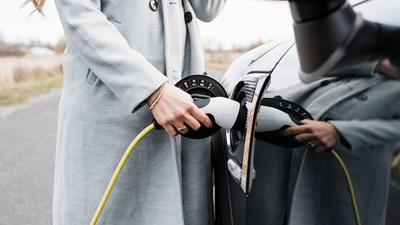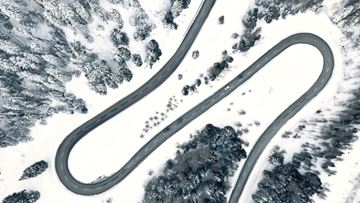1. Precondition
Preconditioning is one of the most underestimated feature of electric cars. Preheating (or precooling in summer) will maximize your car’s driving range and it will give a better prediction of your range at the start of the journey, because the battery is already on operating temperature.
Additionally, you won’t need to amp up the air conditioning like you would when you get into your cold car, as the interior is slowly warmed up during preheating. Another great perk of preheating is that you don’t need to de-ice your windscreen anymore! Ideally your car is plugged in while you precondition, so that you don’t drain your battery. To activate preconditioning you simply use the functionality on your dashboard or the car related app.
2. Tire pressure
One of the most overlooked ways to increase your EV’s range in winter is to make sure your tire pressure is correct. When the outside temperature decreases, tires can lose up to 10% of pressure. Tires that do not have enough pressure create more friction on the road, which has a direct effect on your battery capacity and will reduce the efficiency of the car. Be sure to check your tire pressure frequently during winter, it’s an easy way to help maximize your EV’s range.
3. Pace yourself!
During the winter months driving a little slower can help offset the range you lose to the cold temperatures outside. Also, accelerate slowly when possible. We know this can be a hard one for newly converted EV drivers, because being the first out of the starting blocks when the traffic lights turn green is a great fun factor when you’re an EV newbie, but this does consume a lot of energy. And finally, cold batteries won’t accept as much energy as warm ones do, so allow for longer charging times in your planning.

4. Use ECO mode
Our last tip: if your EV has an ECO mode, use it! Using the ECO mode generally reduces the amount of power supplied to the drive motor and other energy consuming features. By reducing the power to the motor, the car will accelerate slower which means you don’t have to make that conscious decision every time you’re next to someone revving their engine at the traffic light. But, most importantly, it also helps you to reduce wheel spin, which means you’ll be safer when you’re driving on the icy winter roads.

